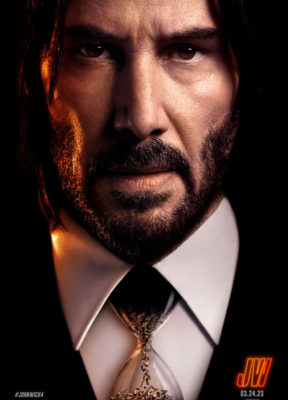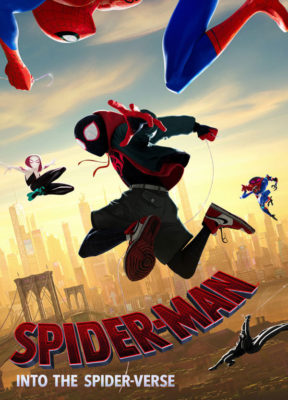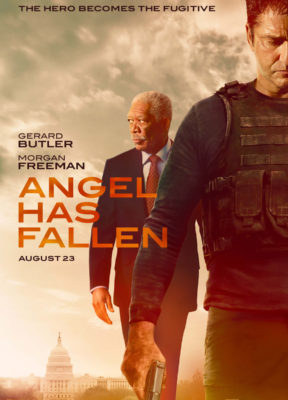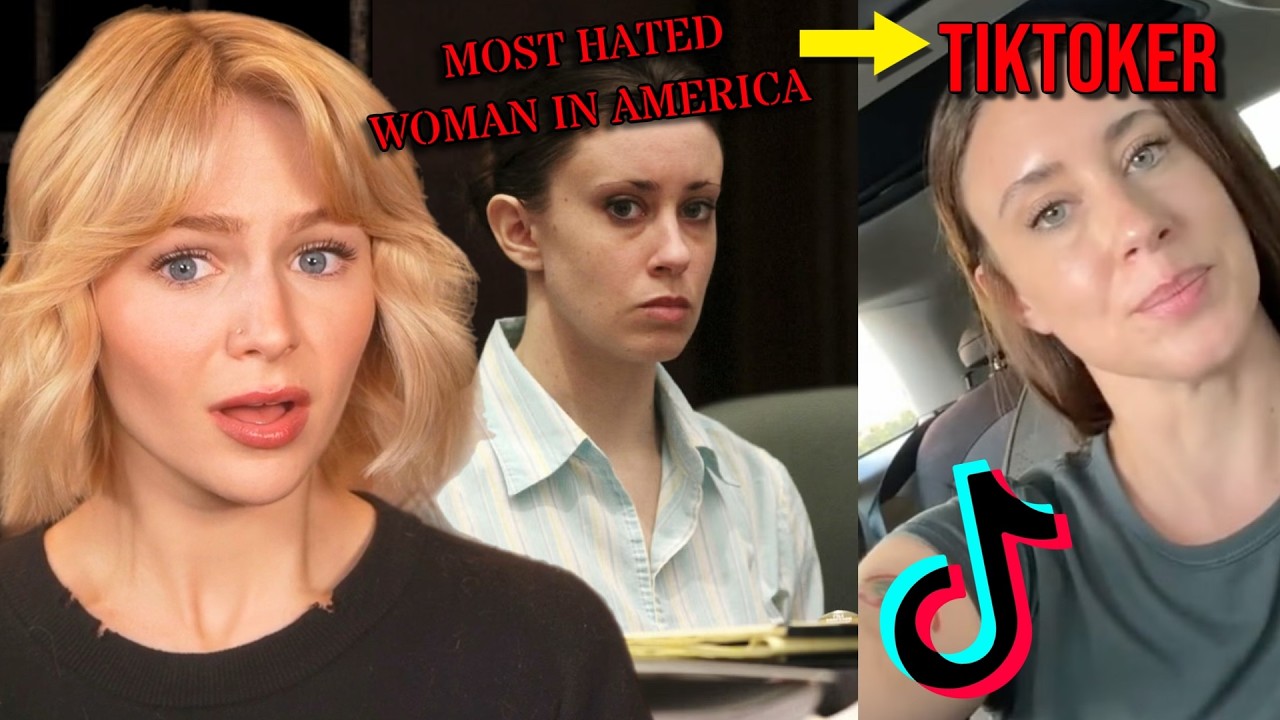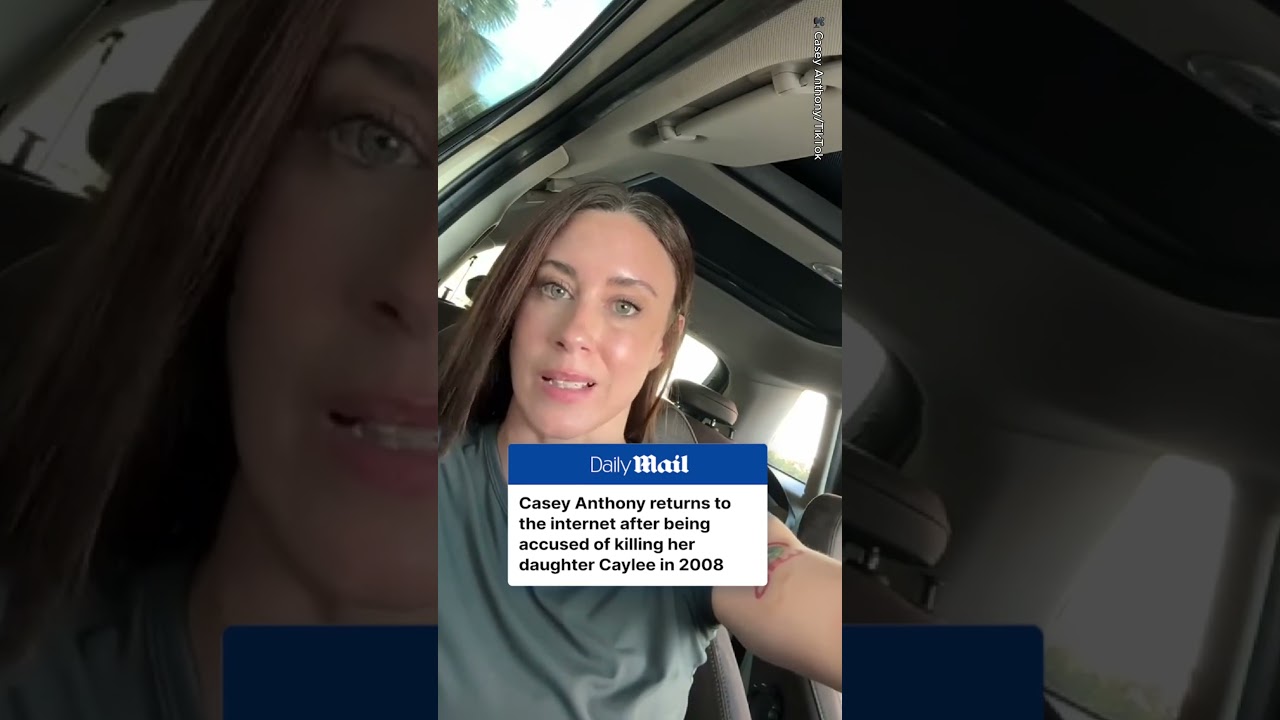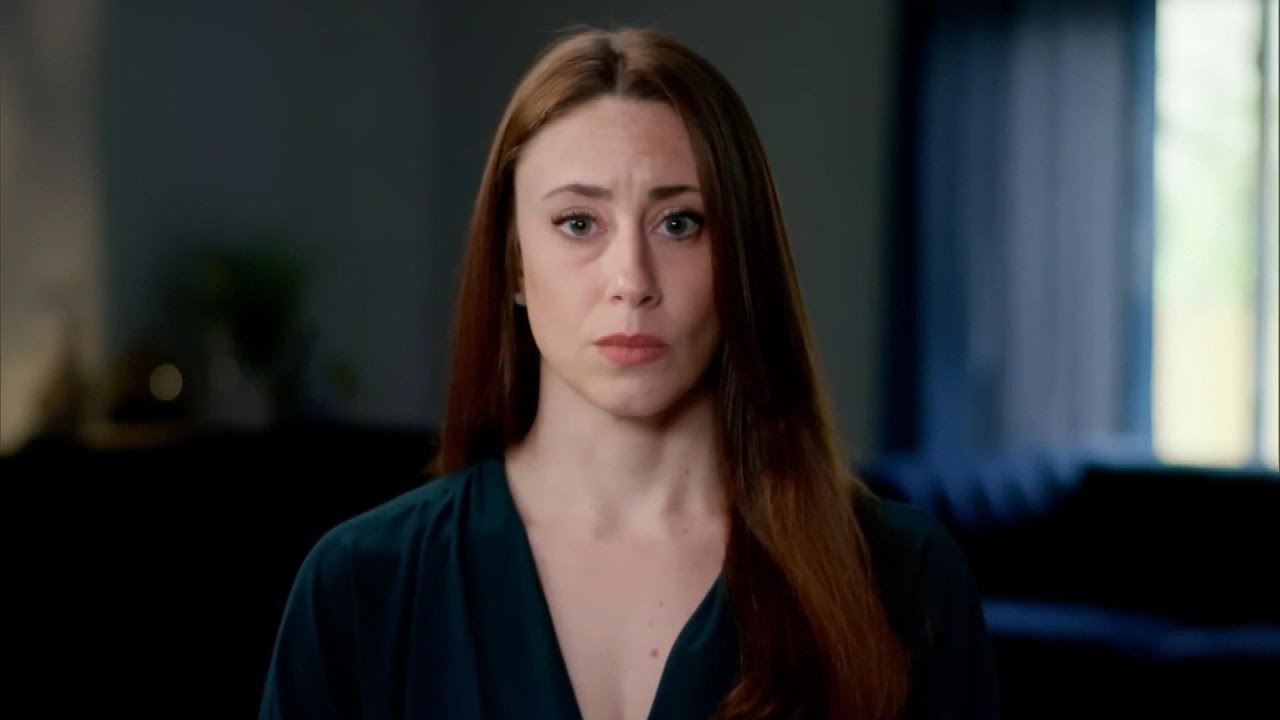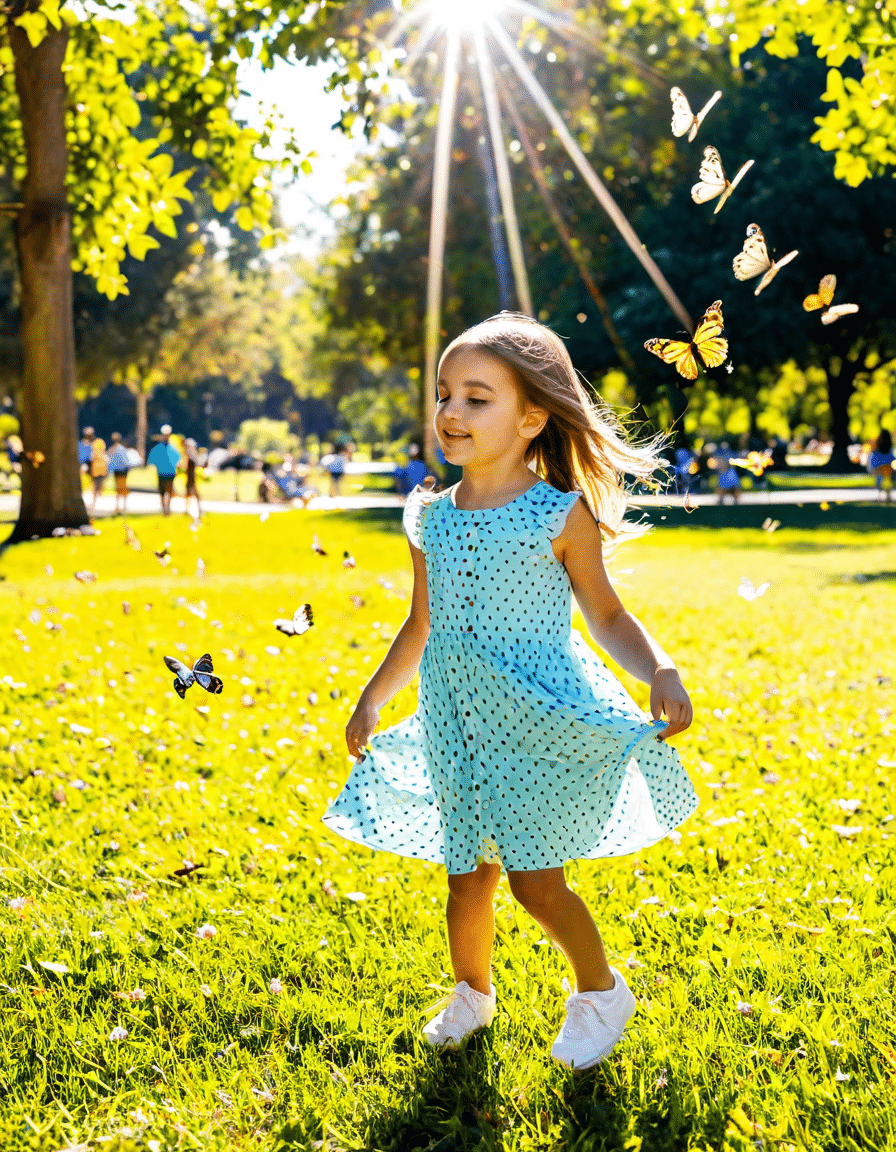
Caylee Anthony Tragedy Who Was She And What Happened
1. Understanding Caylee Anthony’s Short Life and Its Cultural Impact
Caylee Anthony, a bright star born on August 9, 2005, quickly became the face of a heartbreaking tragedy that gripped the nation. Her disappearance in 2008 and the ensuing media storm put a spotlight on pressing societal issues such as parental responsibility, media ethics, and the inner workings of the criminal justice system. At just two years old, Caylee’s life was cut short in a manner that would resonate through both mainstream and social media, igniting heated debates that linger even today. It’s hard not to cringe when recalling how the narrative unfolded, and even more challenging to grasp the broader implications of her case on American society.
As information flooded in and the investigation propagated across news channels, many viewers became invested in a story that was too painful to look away from. Caylee Anthony’s tragic fate forced us all to reconsider our understanding of childhood safety and familial accountability. Her story is not merely a sad statistic; it’s a cautionary tale that underscores the necessity of vigilance and advocacy for children’s rights.
The cultural impact of Caylee’s tragedy extends beyond the courtroom and news cycles. It opened up crucial dialogues about the role of the media in transforming personal grief into public spectacle. Are we truly compassionate, or merely voyeuristic? Those pressing questions still echo in light of newer cases, reminding us of the responsibility society bears toward its most vulnerable—a lesson that continues to be relevant as discussions around child welfare evolve.
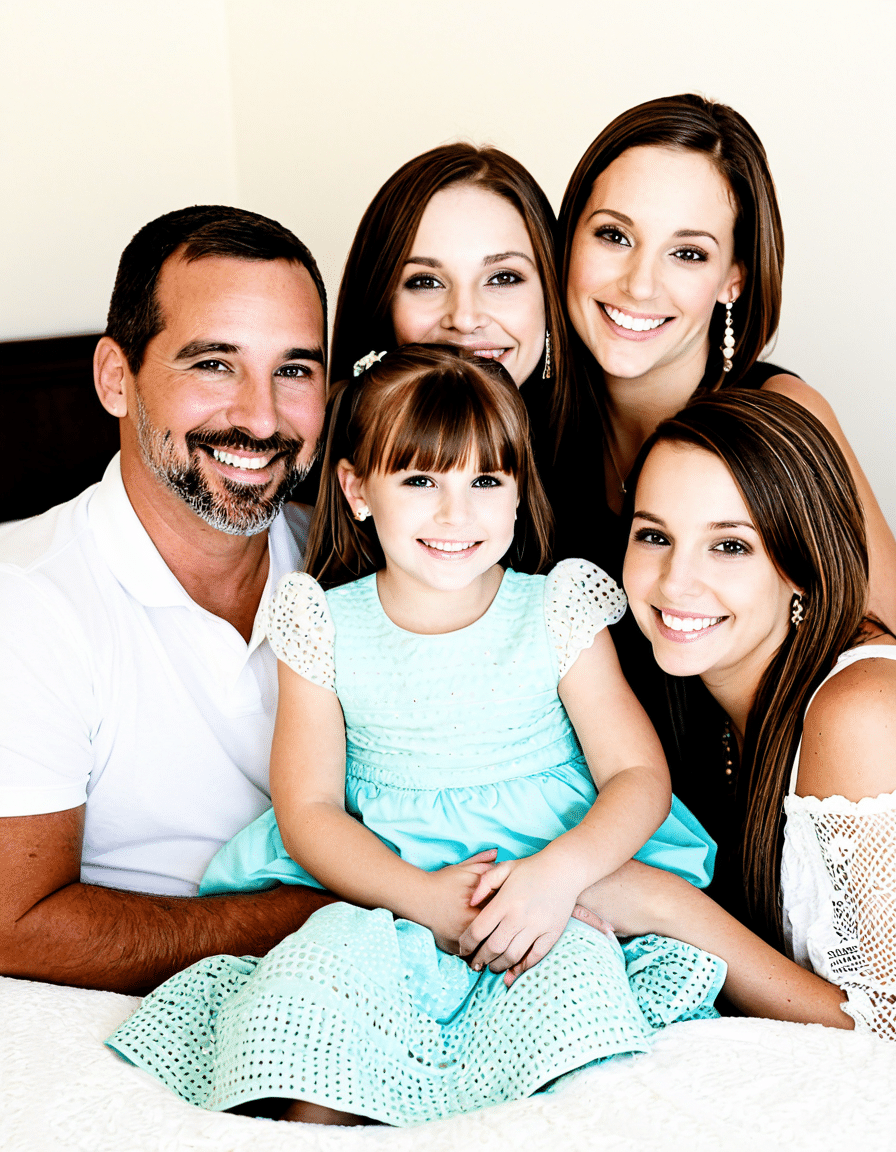
2. The Key Figures in the Caylee Anthony Case: Beyond the Headlines
While Caylee Anthony’s story largely revolves around her mother, Casey Anthony, there are many other significant figures entwined in this heartbreaking narrative. Their experiences and perceptions add layers to the troubling discourse about Caylee’s life and demise.
3. Analyzing Media Representation of the Caylee Anthony Case
The media’s portrayal of Caylee Anthony’s story is vital in understanding not just the unfolding of her case but the very ethics of journalism. Several outlets fixated on the most sensational aspects of the case, often prioritizing drama over precise reporting. Focusing on Casey Anthony’s erratic behavior and alleged lies fed a frenzy that transformed personal tragedy into a relentless spectacle.
For instance, many reports featured unverified claims and dramatically skewed narratives, largely driven by ratings and audience engagement. This critical approach to Caylee’s case illustrated a larger issue: the alarming tendency for media outlets to exploit personal suffering for profit. The repercussions of this are profound, creating a precedent for how similar cases might be treated in the future.
Furthermore, the disparity in coverage between Caylee’s case and others, particularly those involving victims from marginalized communities, raised questions around fairness and bias in the media landscape. Bodies in power might shape narratives that serve to perpetuate existing inequalities, pushing certain tragedies to the forefront while obscuring others.
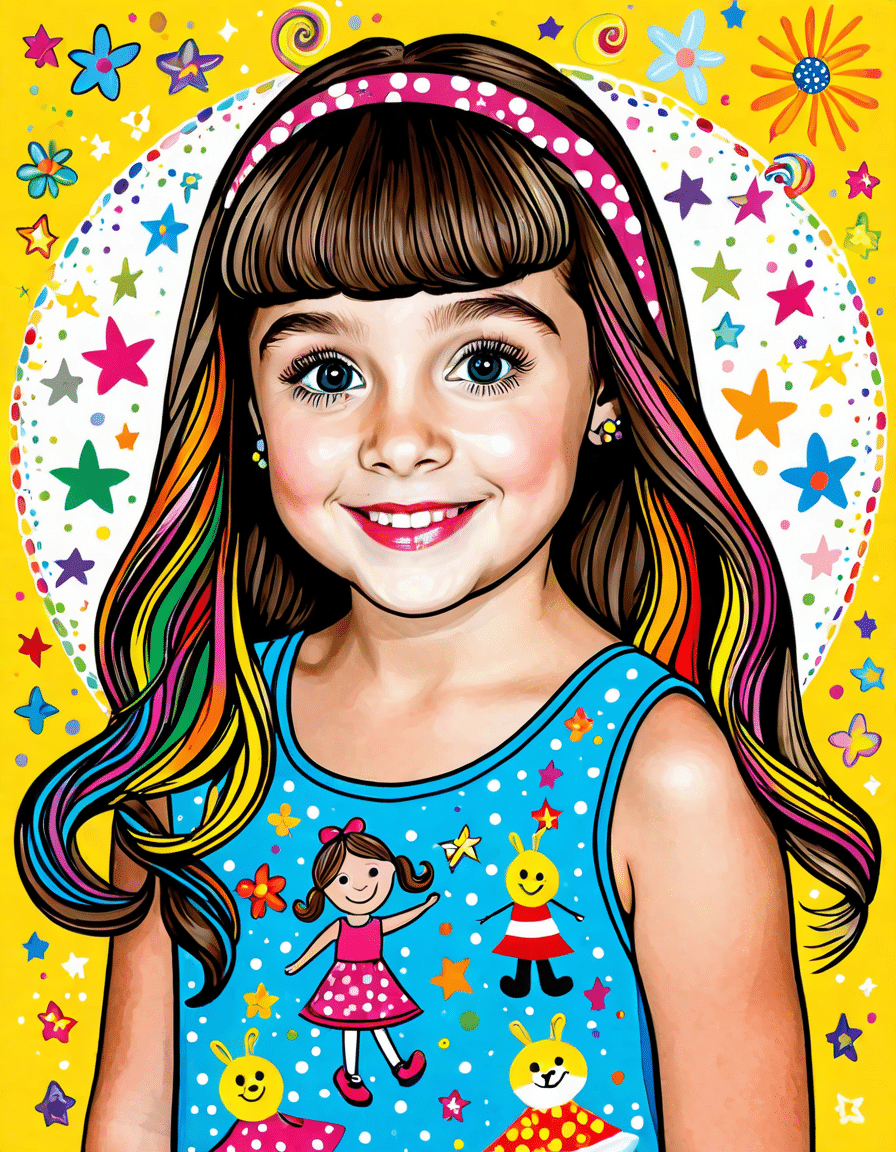
4. The Aftermath: Legal and Social Changes Post-Caylee Anthony
The fallout from Caylee Anthony’s case sparked significant discussions around child safety laws and the responsibilities of parents. Following the trial, several states took action by proposing new legislation aimed at enhancing reporting mechanisms for missing children. This response emerged from the glaring gaps revealed during Caylee’s tragic disappearance, demanding an urgent reevaluation of current policies.
Several bills focused on timely reporting and stricter accountability for parents and guardians, hoping to fill the void that left Caylee Anthony vulnerable. While changes were enacted, the effectiveness of these laws remains a topic of ongoing debate. Are these laws tough enough? And do they genuinely protect children?
Despite well-meaning efforts, the truth is that systemic changes often take time to take root. Organizations dedicated to child welfare continue to advocate for more comprehensive reforms, pushing society to confront the uncomfortable truths about what it means to truly protect our youth.
5. Caylee Anthony’s Legacy in Popular Culture
Despite the tragic nature of her story, Caylee Anthony has left an indelible mark on popular culture. From documentaries to films, her case has been depicted in various artistic interpretations, prompting discussions about children’s rights and parental accountability.
In recent years, many filmmakers have tackled the sensitive topic, crafting works that pay tribute to Caylee’s memory while exploring the complex narratives surrounding family responsibilities. Documentaries and dramatizations raise awareness about the factors that lead to similar tragedies, turning each story into an opportunity for critical reflection.
As the medium for storytelling continues to evolve, so does the discourse around Caylee Anthony’s legacy. Artists and filmmakers approach her story with a need to highlight the nuances often overlooked in highlighting her mother’s culpability. When productions like “Happy Birthday To Me” and shows with similar undertones emerge, viewers are reminded of societal obligations to protect its most helpless.
6. Current Perspectives on the Caylee Anthony Case
In our ever-connected world, social media has transformed how we engage with tragedies like Caylee Anthony’s case. Platforms such as Instagram and TikTok have emerged as conduits for dialogue, allowing a new generation to voice their thoughts and push for social change. Influencers like Amia Miley utilize these platforms to advocate for accountability, shedding light on systemic flaws in child welfare.
While some might argue that social media could desensitize audiences, others see it as an opportunity for real engagement and activism. Discussions around Caylee Anthony continue to be revived in online spaces, where individuals come together to share experiences and unite for a common cause—the protection of children.
Ultimately, these conversations incite a necessary reexamination of our cultural narratives about childhood safety and justice. In seeking comprehensive systemic change, discussions surrounding Caylee’s story push for a more nurturing society.
Reevaluating the Impact of the Caylee Anthony Tragedy
The tragic tale of Caylee Anthony is a somber reminder of society’s obligation to safeguard its most defenseless members. Through deep psychological analyses of parental dynamics to the media’s significant role in shaping public perception, the complexities of this tragedy resonate.
As we forge ahead into 2024, it’s essential to take the lessons learned from Caylee Anthony’s case to heart, advocating for justice and reform. The aim is not merely to remember mortality but to inspire action that can prevent future tragedies, ultimately creating a safer environment for children everywhere.
This evolving conversation echoes in our media, influencing projects from art to journalism, shaping a landscape where understanding triumphs over sensationalism. Keeping Caylee Anthony’s memory alive encourages us all to participate in a more empathetic discourse, fostering long-overdue change within our communities.
Caylee Anthony: Fun Trivia and Interesting Facts
A Little Girl’s Story
Caylee Anthony, the sweet little girl who captured the hearts of many, was born on August 9, 2005. Her tragic case drew widespread media attention and became a focal point in discussions around child welfare and justice. Interestingly, the steady stream of news surrounding her disappearance and subsequent discovery often overshadowed the countless days that families spend vacationing nearby, as they enjoy beautiful Hotels in Orange County.
A striking aspect of Caylee’s story is the lasting impact of the trial, which ignited fierce debates about parental responsibility and societal expectations. Speaking of resilience in storytelling, the biopic Elvis (where music and drama fold together beautifully) highlights how narratives can shape public perception, much like Caylee’s story reshaped conversations around child safety. The emotional weight of these narratives stays with us, inspiring change and compassion.
Pop Culture Connections
While Caylee Anthony’s story is a somber chapter in real life, it inadvertently intersects with popular culture. For instance, characters in beloved shows, like Usopp from One Piece, show how fictional stories can help audiences explore real-life issues through allegory. There’s a certain kind of strength in storytelling that echoes the journey of every individual, reminding us to keep our loved ones safe while navigating a chaotic world.
On a lighter note, amidst the heaviness, there are delightful distractions in the entertainment industry, such as films like Bella Luna, which provides light-hearted relief. Even the whimsical Oompa Loompa song has its roots in understanding deeper themes of freedom and choice, reflecting a stark contrast to the sobering realities faced by those affected by tragedies like Caylee’s.
Connections and Continual Awareness
As families come together to celebrate and remember, the influence of stories sticks with us. In this continuously evolving culture, awareness continues to be key. The heartbreaking case calls attention not just to child safety but resonates with the experiences of many, similar to themes found in poignant narratives like Growing Up Skipper. These honest reflections encourage dialogue that’s desperately needed in our communities.
Lastly, checking on Allegiant Air flight status brings to mind how journeys, both literal and metaphorical, always pay tribute to the paths we’ve walked. Caylee Anthony’s story remains a somber reminder of vulnerability and the importance of community, urging us to cherish our loved ones while working proactively to ensure their safety.

Who got charged for Caylee Anthony’s death?
Casey Anthony was charged with several serious offenses, including first-degree murder, aggravated child abuse, aggravated manslaughter of a child, and multiple counts of providing false information to police in connection with her daughter, Caylee’s, death.
Why can’t Casey Anthony be tried again?
Casey Anthony can’t be tried again for her daughter Caylee’s murder because of the double jeopardy rule, which protects individuals from being tried for the same offense more than once after a verdict has been reached.
Did they do a DNA test on Caylee Anthony?
Yes, DNA tests were conducted on Caylee Anthony’s remains, which played a key role in the investigations surrounding her death.
Did Casey Anthony get a settlement?
In 2013, Casey Anthony reached a settlement with Texas EquuSearch, who had claimed she owed them about $100,000 for prompting a search that didn’t lead to finding Caylee.
What is the Caylee Anthony law?
The Caylee Anthony law, also known as Caylee’s Law, was proposed to make it a felony for parents to fail to report a missing child within a specific time frame.
Who were the five expert witnesses in the Caylee Anthony case?
The five expert witnesses in the Caylee Anthony case included specialists in areas like forensic science, psychology, and child behavior, who provided their insights during the trial.
How much debt did Casey Anthony have?
At one point, Casey Anthony was reported to have debts that reached around $800,000, which included legal fees and other financial obligations.
Does double jeopardy apply to new evidence?
Double jeopardy doesn’t apply to new evidence; if new evidence surfaces after a trial, it won’t lead to a retrial if a verdict has already been reached.
Is Casey Anthony innocent or not?
The question of whether Casey Anthony is innocent is complex and subjective; she was acquitted of murder charges, but public opinion varies widely.
Was there a funeral for Caylee Anthony?
Yes, there was a funeral for Caylee Anthony, which took place in August 2008, shortly after her remains were found.
How old is Caylee Anthony when he died?
Caylee Anthony was just two years old at the time of her death.
What nationality is Casey Anthony?
Casey Anthony is American, having been born in Warren, Ohio, and raised in Florida.
How much did Casey Anthony’s lawyer cost?
Casey Anthony’s legal fees were reported to be very high, with costs running into the millions during her trial.
What does Jose Baez charge?
Jose Baez, Casey Anthony’s lawyer, charged around $500 an hour for his services during the trial.
How much is Jose Baez’s retainer fee?
His retainer fee was reported to be about $100,000, which Casey Anthony had to pay before he would take her case.
Who is Casey Anthony’s boyfriend?
As of now, Casey Anthony’s boyfriend is not publicly known due to her preference for keeping her personal life private.
Who is Casey Anthony’s biological father?
Casey Anthony’s biological father is George Anthony, who has been a notable figure in the media surrounding the case.


